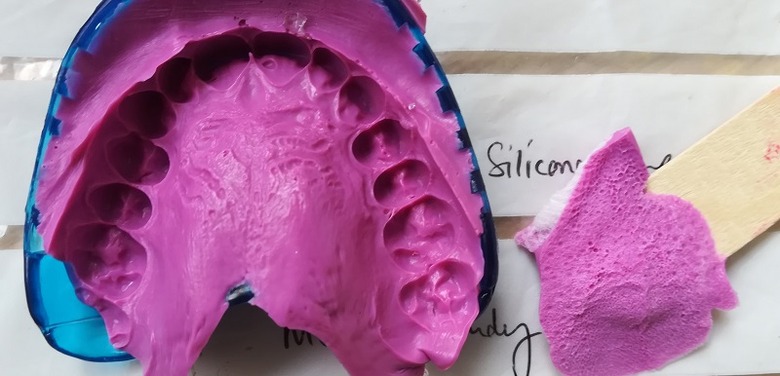3D Printed Soft Surface With Tongue-Like Texture Created For The First Time
UK researchers led by scientists from the University of Leeds in collaboration with the University of Edinburg have, for the first time, been able to 3D print synthetic soft surfaces with texture like the human tongue. The feat opens new possibilities for testing oral processing properties of food, nutritional technology, pharmaceutics, and therapies to treat dry mouth. Researchers printed the surface using synthetic silicone structures, mimicking the topology, elasticity, and wettability of the tongue's surface.
Those factors are critical to how food and saliva interact with the tongue, impacting mouthfeel, swallowing, speech, nutritional intake, and overall quality of life. The creation of a synthetic tongue-like surface is particularly important with the current pandemic and required social distancing posing challenges to consumer trials in this area. Most people probably rarely think about their tongue, but it is a complex biological surface that has posed challenges in artificial replication.
Re-creating the surface of the human tongue poses significant challenges. The tongue has hundreds of small bud-like structures called papilla, giving it its rough texture in combination with the soft nature of the tissue creating a complicated landscape from a mechanical perspective. In the research, the scientists focused on the anterior dorsal section of the tongue, where some papillae contain taste receptors.

Papillae with and without taste receptors play a critical role in providing mechanical friction to aid food processing in the mouth with the adequate amount of saliva required for swallowing. To create their artificial tongue, researchers took silicone impressions of the human palate and tongue. They used computer simulations and mathematical modeling to create a 3D-printed artificial surface to function as a mold containing wells with the shape and dimensions of the different papillae distributed across the surface in the correct density.
The surface was then 3D printed using digital light processing technology. Experiments were performed to ensure that the printed surface had the correct wettability. The team ultimately hopes the surface they created can significantly impact our understanding of the tongue's biomechanics and how they underpin the fundamentals of feeding and speech in humans.
